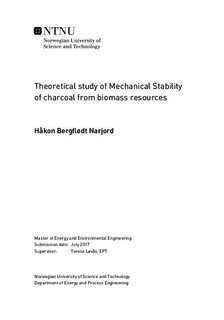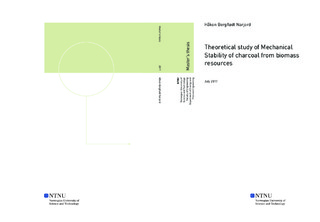| dc.description.abstract | There is a large potential for lowering CO2 emissions from the metallurgical industry if carbon neutral bio based reductants could replace fossil coke. The inferior mechanical stability of bio based charcoal is one of the most important impediments to this.
This study reviews the mechanical stability of bio based charcoal and torrefied biomass. Data was compiled from ten different studies. Of these, seven tested the friability of charcoal (quantified by means of tumbler drum), and three examined the grindability of torrefied biomass, expressed by the Hardgrove Grindability Index (HGI). The data were compared, discussed, and analysed using statistical tools such as analysis of variance and principal component analysis.
The findings suggest that Eucalyptus grandis charcoal is less friable when the wood is drier and/or younger, while peak carbonization temperature has a minor effect. The friability was higher for carbonization temperature 500°C than for both 300°C and 700°. The fixed carbon content was found to be a poor indicator of the friability of charcoal, but a better indicator of the HGI of torrefied biomass. The best correlation with HGI was found to be the gravimetric yield, and torrefied Eucalyptus sp. was the least grindable, and a sample of torrefied softwood the most grindable, in relation to their gravimetic yields. | |

